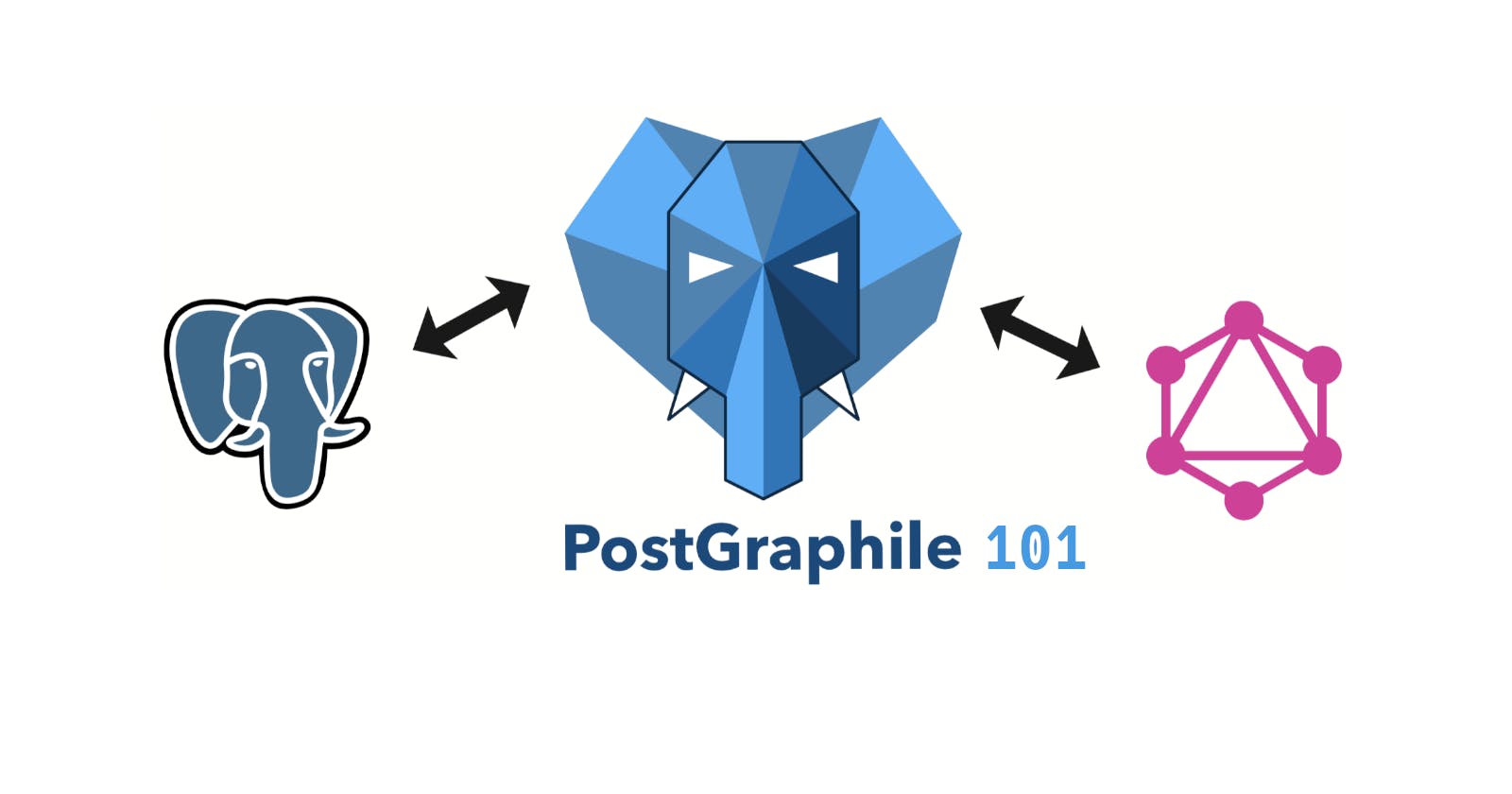Introduction to PostGraphile: Building Performant GraphQL APIs from PostgreSQL
Leveraging PostgreSQL's Power for Seamless front end Integration
Table of contents
Introduction
In the dynamic landscape of modern application development, efficiency and accessibility are paramount. This is where PostGraphile steps in, transforming a PostgreSQL schema into a robust GraphQL API within seconds, potentially saving you substantial development time. With a strong focus on security, performance, and extensibility, PostGraphile offers a seamless bridge between your backend and frontend, making data access a breeze.
Simpler Explanation
Imagine you have a treasure map (PostgreSQL schema), and you want to share the treasures with your friends (front-end applications). PostGraphile acts like a magic translator that takes the map and converts it into a language your friends understand (GraphQL), ensuring they can access the treasures without any confusion.
Use Cases
Rapid Prototyping: Quickly build prototypes by auto-generating a GraphQL API from your PostgreSQL schema, enabling frontend teams to work in tandem.
Data-Driven Applications: Seamlessly integrate complex data from your PostgreSQL database into front-end applications without duplicating logic.
Performance Optimization: Eliminate the notorious N+1 query issue, thanks to PostGraphile's optimized query generation.
Custom Business Logic: Leverage PostgreSQL's role-based grants and security policies to integrate business logic directly into the API layer.
Example Setup
Suppose you're developing an e-commerce platform. With PostGraphile, you can effortlessly expose product details, user information, and order history through GraphQL queries, while mutations allow seamless updates to these records.
Conclusion
PostGraphile takes the power of PostgreSQL and GraphQL, marrying them into a unified solution for efficient and secure data access. By minimizing redundant work and maximizing performance, it's a game-changer for backend developers seeking to empower frontend teams.
Remember, while diving into PostGraphile, understanding the basics of GraphQL is essential. Now that you're equipped with the treasure map, embark on your journey to creating exceptional applications with ease.
Imagine you're building an online store. With PostGraphile, you can easily create a GraphQL API that lets your website quickly show product information, prices, and pictures to customers. You won't have to write tons of special code to make this happen – PostGraphile handles the hard parts for you.
We used this at work for an internal product, it helped us speed up our development and eliminated the need for writing CRUD APIs manually.
Sources

